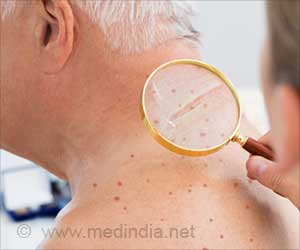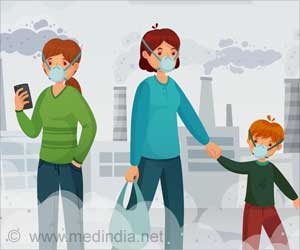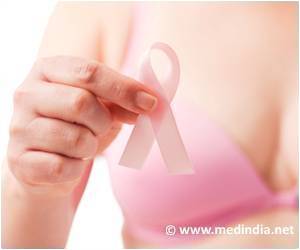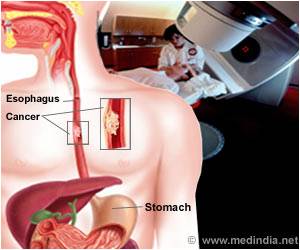Recent trends in melanoma rates highlight a decline in younger adults since 2015. Insights from experts reveal key factors behind this shift.
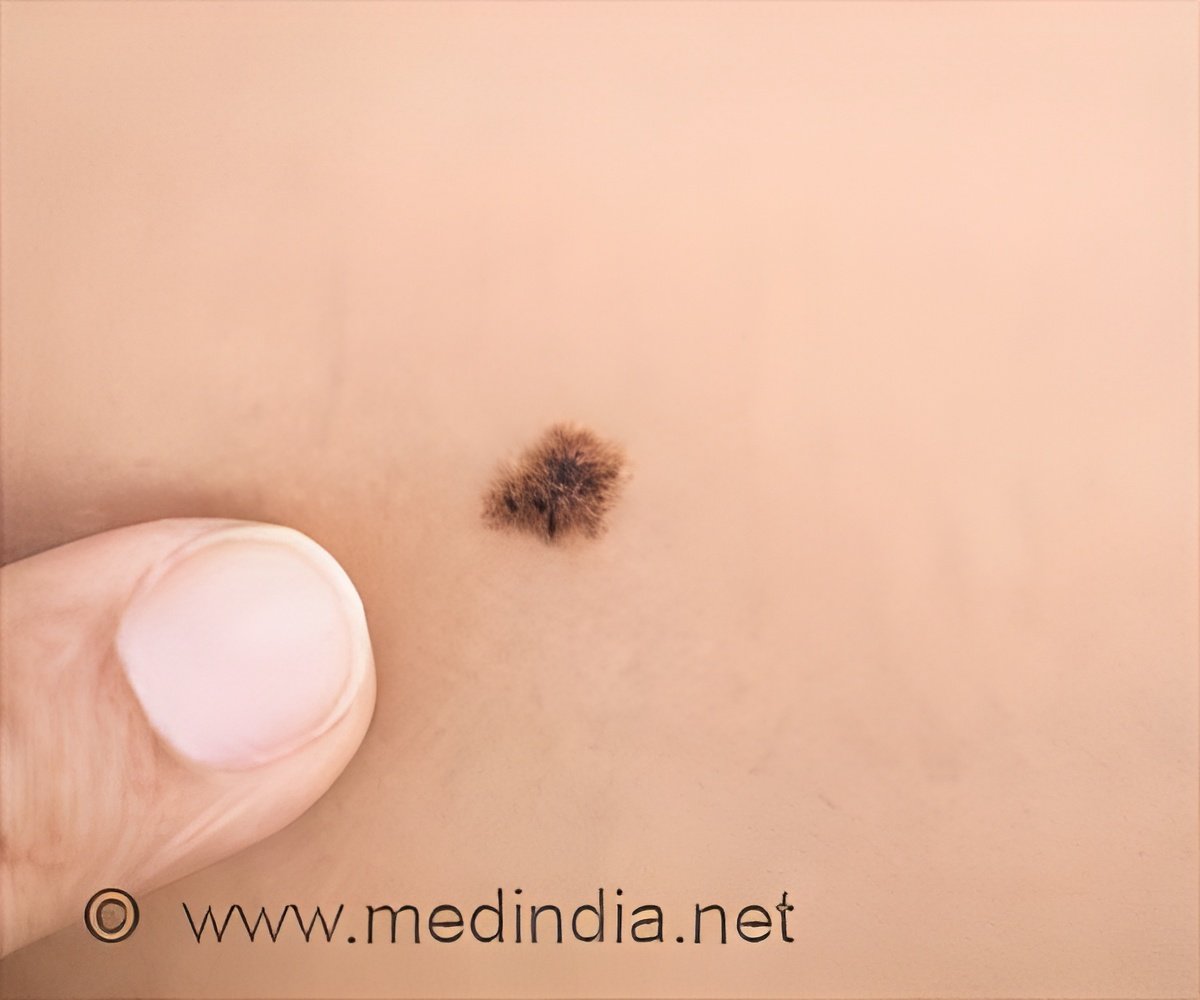
Melanoma Incidence and Mortality Trends in Sweden
Go to source).
‘Did you know? Malignant melanoma affects 5,000 people annually, between ages 20 and 49. #melanoma #skincancer #sunlight #medindia’





Her research colleagues have examined the incidence and death of melanoma for various age groups over time by analyzing data from the Swedish Melanoma Registry. This indicates that they have made a comparison between people in the same age range at one point in time and people in the same age range at another.
Melanoma Rates Change in Different Age Groups
The results show that the new-onset curves for people over 50 years of age are steadily increasing, but for the age groups younger than 50 years, the new-onset curves started to decrease around 2015.“This is the first time we see this in Sweden, and we are the first European country to report a decline,” says Hildur Helgadottir.
Each year, around 5,000 people are diagnosed with malignant melanoma, and around 500 die from the disease. The average age at diagnosis is just over 60 years, but each year around 750 people are diagnosed between the ages of 20 and 49.
Advertisement
“The question is why the risk of melanoma has decreased.We have not directly analyzed the causes in our study, but we have hypotheses about factors that we believe have interacted,” says Hildur Helgadottir.
Key Factors Behind the Decline in Melanoma Rates
“There are four main factors,” says Hildur Helgadottir.- The first is increased awareness of sun protection. “The first national 'Sun Safe' campaign in the 1990s specifically highlighted the importance of protecting children. About 20 years later, we believe that this has led to a reduction in the incidence of the disease in younger adults”.
- Second factor is that access to sunbeds has decreased drastically. Since 2018, there has been an 18-year age limit on sunbeds, but the number of public sunbeds decreased much earlier.
- Third, mobile phones and computers mean that children and young people are spending more time indoors and are not exposed to sunlight in the same way today.
- Finally, immigration means that there are more individuals in Sweden with darker pigmentation who can tolerate the sun better.
Hildur Helgadottir points out how necessary it is to continue to emphasize the importance of sun protection so that the reduction of melanoma in younger people is sustained and that the incidence will eventually decrease in older people as well.
“We are having an unusually warm and sunny September. It is important to remember that from April to September the sun can be strong and you should be careful,” says Hildur Helgadottir.
Reference:
- Melanoma Incidence and Mortality Trends in Sweden - (https:jamanetwork.com/journals/jamadermatology/fullarticle/2823464#google_vignette)
Source-Eurekalert


